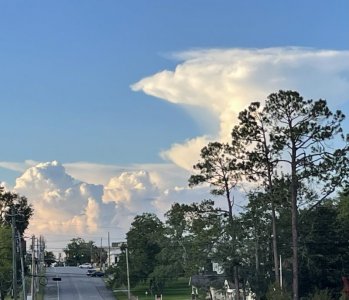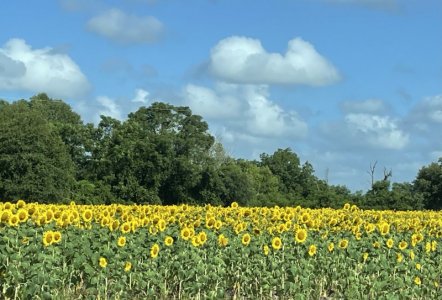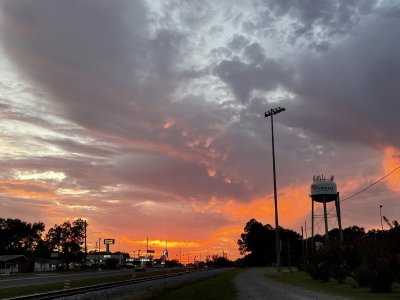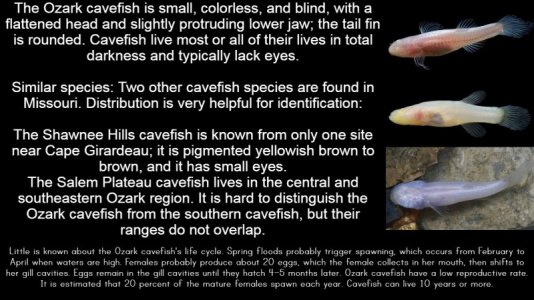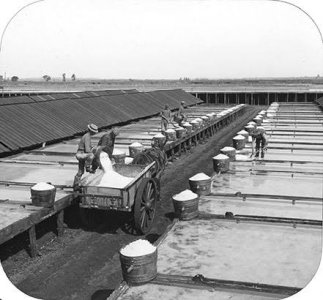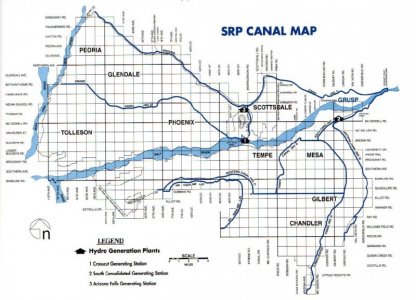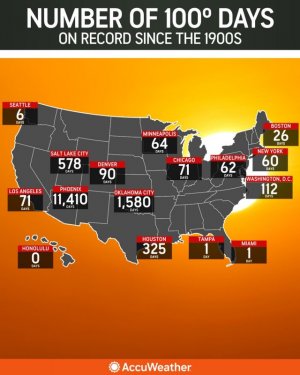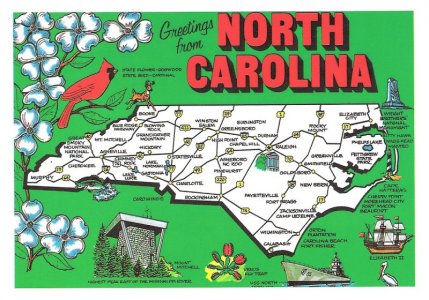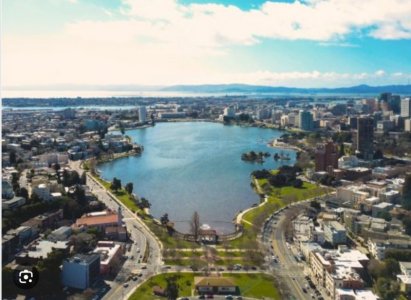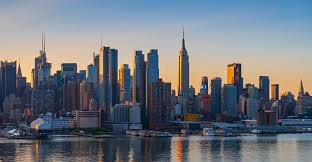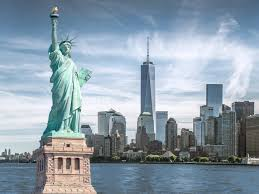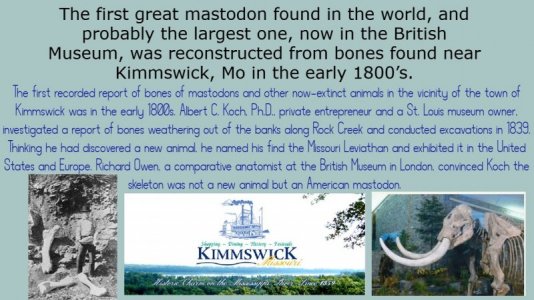Connecting places with people we have come to know and care about can make those
places more interesting as well as teach others about areas we may never see.
Share here some photos, historical facts, places of interest with a brief explanation.
So we don't overwhelm with too much reading;
post ONE photo with fact/info on a given day.
We have people from all over the world so this can be very interesting, sort of like
a world tour from our favorite chair at home.
Please join us, share the beauty, history, and pride of your space you call home.
Example:

places more interesting as well as teach others about areas we may never see.
Share here some photos, historical facts, places of interest with a brief explanation.
So we don't overwhelm with too much reading;
post ONE photo with fact/info on a given day.
We have people from all over the world so this can be very interesting, sort of like
a world tour from our favorite chair at home.
Please join us, share the beauty, history, and pride of your space you call home.
Example:



